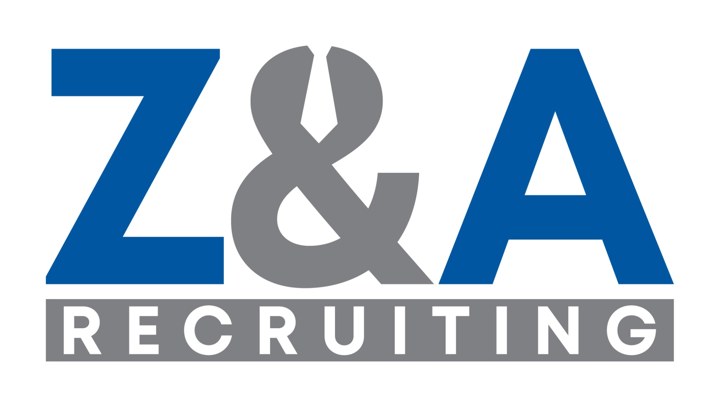Overview
Great accounting interviews are consistent, fair, and predictive. Use the plan below to evaluate technical depth, ownership, and communication while screening for culture add.
30/30/30 Plan Structure
- 0–30 min — Background & Behavioral: impact, scope, ownership, collaboration.
- 30–60 min — Technical & Case: GL, close, revenue, inventory/cost, audit/compliance.
- 60–90 min — Partner Fit: cross-functional comms (FP&A/ops), stakeholder examples, Q&A.
Core Competencies What to measure
- Technical: close cadence, reconciliations, revenue (ASC 606), inventory/cost, consolidations, controls/SOX.
- Execution: prioritization, deadlines, quality bar, “owning the numbers”.
- Communication: clarity, partnering with FP&A and non-finance teams.
Behavioral Questions
- Tell me about a close you shortened or stabilized. What changed, how, and by when?
- Describe a messy reconciliation you inherited. Walk the steps to resolution and controls put in place.
- When have you pushed back on a stakeholder for accuracy or policy? Outcome?
- What’s a recent mistake you caught before close? Root cause & prevention?
Technical Questions by Area
General Ledger & Close
- How do you prioritize during a 5-day close? Talk me through day-by-day.
- What makes a reconciliation “audit-ready”? Components, sign-offs, evidence.
Revenue (ASC 606)
- Walk a recent contract through the 5-step model. Where was judgment required?
- How do you handle variable consideration and contract modifications?
Inventory & Cost
- FIFO vs. weighted-average implications; when would you adjust standard costs?
- Explain how you calculate and reconcile COGS and variances.
Consolidations & Intercompany
- IC elimination entries: typical pitfalls and your checklist.
- Foreign entities: translation vs. remeasurement — examples.
Controls / SOX / Audit
- Key controls you owned. Evidence and frequency.
- A control failure you remediated and how you tested the fix.
Practical Case (15–25 min)
Prompt: You discover the Deferred Revenue balance is overstated by $175k due to renewals recognized early. Outline how you would (1) confirm, (2) correct the current month, and (3) prevent recurrence. Provide the adjusting entry.
Expected: tie-out to sub-ledger/contracts, JE (Dr Revenue 175k / Cr Deferred 175k or vice-versa depending on scenario), disclosure if material, control update (approval in contract change workflow; monthly tie-out).
Scorecard (use 1–5 for each)
| Dimension | 1–2 (Risk) | 3 (Meets) | 4–5 (Excellent) |
|---|---|---|---|
| Technical | Shallow; gaps in 606/close | Solid on core areas | Depth + teaches others; anticipates issues |
| Execution | Reactive; misses deadlines | Meets deadlines with quality | Proactive; improves processes/KPIs |
| Communication | Jargon; unclear | Clear & concise | Translates for non-finance; builds trust |
| Ownership | Hands off; blames | Owns work | Owns outcomes; raises bar |
| Culture Add | Low alignment | Good fit | Elevates team; values integrity |
Red Flags
- Cannot explain a reconciliation or prior JE they “owned”.
- Doesn’t quantify impact (days, $) when describing improvements.
- Blames “the system” without controls/process thinking.
